Earlier this week I posted about the different types of base ingredients in moisturisers: occlusives, emollients and humectants. I’ve dug up a few facial moisturisers I have lying around to deconstruct.
When looking at most product ingredients lists, the ingredients will be in order from the highest concentration to the lowest. Typically, when deciding if a moisturiser will suit your skin type, you don’t need to look past the first 6 ingredients or so, since they make up the majority of the product, and will be responsible for the moisturising action. It’s a different story when you’re looking at more potent ingredients that target specific concerns (e.g. anti-aging, exfoliants, antibacterials, lightening), but those tend to be useful regardless of skin type.
With this in mind, I’ll be classifying the top 6 ingredients in each of these facial moisturisers, as well as commenting on some of the notable ingredients further down in the list. If there’s no comment next to the ingredient, I’ve probably explained it in a product further up.
To recap, the main categories of moisturiser are:
Occlusives – block water from evaporating from the skin, especially good for dry and dehydrated skin
Emollients – smooth skin and help repair
Humectants – draw moisture to the skin, effective even at lower percentages.
Jurlique Calendula Redness Rescue Soothing Moisturising Cream
Aqua (water) – The base for most face creams, and the definition of moisture.
Cetearyl alcohol (emollient) – A blend of cetyl and stearyl alcohols, two fatty alcohols that are nothing like drinking alcohol (that is, ethyl alcohol), but are great for smoothing skin down as well as making sure the oily and watery parts of the moisturiser don’t separate (it’s an emulsifier). It can be derived from coconut oil.
Rosa canina fruit oil (emollient) – This is the technical name for rose hip oil from a specific species of rose. It mainly contains oleic and linoleic acids, which are excellent for repairing skin, as well as antioxidants.
Safflower seed oil (emollient/occlusive) – This also contains many linoleic acids and antioxidants.
Caprylic/capric triglyceride (emollient/occlusive) – This also comes from coconut oil, and smooths skin as well as blocks evaporation.
Jojoba seed oil (emollient) – This stuff is a lot like natural sebum.
Glycerin and honey are a little further down in the list, and there’s aloe vera extract as well – these humectants together would probably add noticeable humectant action to the mix (glycerin is typically used in moisturisers at 2-7%, otherwise it feels sticky).
Overall: Lots of emollients, a small amount of occlusives and some humectants. It’s suitable for all skin due to all the skin-repairing emollients, but drier skins might need some more occlusives on top.
First Aid Beauty Daily Face Cream
Water/Aqua/Eau
Glyceryl stearate SE (emollient/occlusive) – an emollient derived from glycerin and stearic acid.
Glycerin (humectant) – One of the most popular humectant ingredients, can be derived from any animal or vegetable fat or oil.
Squalene (occlusive/emollient) – This is usually derived from olives, and is naturally found in skin. As well as being occlusive and emollient, it also has antioxidant properties.
Caprylic/capric triglyceride (emollient/occlusive)
Dimethicone (occlusive/emollient) – This does double duty as an occlusive and emollient, and is used in many skin primers. It does seem to cause breakouts in some people though.
There’s also ceramide 3 further down in the ingredients list – it’s a very effective emollient that’s naturally found in skin, and has been used for treating eczema.
Overall: Has lots of humectant and emollient action, with a bit of occlusive action too – an all-rounder for normal-oily skin.
Uriage AquaPrecis Moisturising Comfort Cream
Uriage thermal spring water – Water with some salts in it. They’re supposed to be good for your skin, but I haven’t looked into it much.
Aqua (Water)
Butyrospermum parkii (shea butter) (occlusive/emollient) – Butters are more solid than oils, meaning they tend to have stronger occlusive properties. Shea butter is one of the few non-comedogenic, natural ingredients with high occlusivity.
Hydrogenated polydecene (emollient) – Nicely spreadable emollient.
Mineral oil (occlusive) – Hardcore petroleum-based occlusive, one of the best available. No it’s not comedogenic, or toxic, or suffocating (there are a lot of mineral oil myths out there) – but it can turn oily skin into a grease puddle.
Glycerin (humectant)
Overall: Lots of water, some occlusives and some emollients, plus glycerin as a humectant – this is going to be good for dehydrated skin that’s on the dry side.
Nivea Pure & Natural Regenerating Night Cream
Aqua (water)
Glycerin (humectant)
Hydrogenated vegetable oil (occlusive/emollient) – This is pretty much the type of vegetable oil in margarines. It’s not great for you if you eat it, but it won’t be absorbed if you just put it on your skin.
Cetearyl alcohol (emollient)
Caprylic/capric triglyceride (emollient/occlusive)
Alcohol denat (non-moisturising) – It’s a bit strange to see ethyl alcohol this high up on a moisturiser ingredients list, but ethyl alcohol helps products feel less cloying and sticky on the skin. However, it can be drying and irritating.
Overall: This moisturiser has a humectant on the top of the list, with some occlusives and emollients beneath it. The alcohol would help the cream sink in, despite having a heavy-ish occlusive near the top of the ingredients list. This would be good for dry and dehydrated skin, but may be a tad irritating for very sensitive skin.
Clinique Turnaround Overnight Radiance Moisturiser
Water/Aqua/Eau
Isostearyl palmitate (emollient) – Emollient that spreads nicely, with a silky, light feel. Some people may be allergic or might have a breakout in response to this.
Cetyl ricinoleate (emollient) – An emollient ingredient made from castor oil. Light feeling.
Dimethicone (occlusive/emollient)
Butylene glycol (non-moisturising) – Used to help creams glide better.
Squalene (occlusive/emollient)
Overall: Lots of emollients, some occlusives – good for dry-normal skin. There aren’t any humectants so it may not be as suitable for dehydrated skin. There are some good ingredients in here, as well as some irritants, so sensitive skin may have issues.
As a comparison to all the face moisturisers I’ve gone through, here’s the ingredients list of a heavy duty body moisturiser:
Nivea Creme
Water
Mineral oil (occlusive)
Microcrystalline wax (occlusive)
Glycerin (humectant)
Lanolin alcohol (occlusive)
Paraffin (occlusive)
Full of occlusives – this is perfect for applying on dry winter skin right after a shower, but would be too heavy for the face, and would drag unpleasantly across delicate facial skin as you applied it (occlusives tend to be more solid). Like Vaseline though, it would make a good mask!
I hope this post gives you a better idea of how to go about reading an ingredients list to decide if the product is right for your skin type – it’s not an exact science and the best we can do is have an educated guess, since there are no percentages given for each ingredient. But it’s a lot more reliable than reading the front of the box! Don’t be afraid to Google unfamiliar ingredients, and reviews are always a good resource for checking out other people’s experiences.

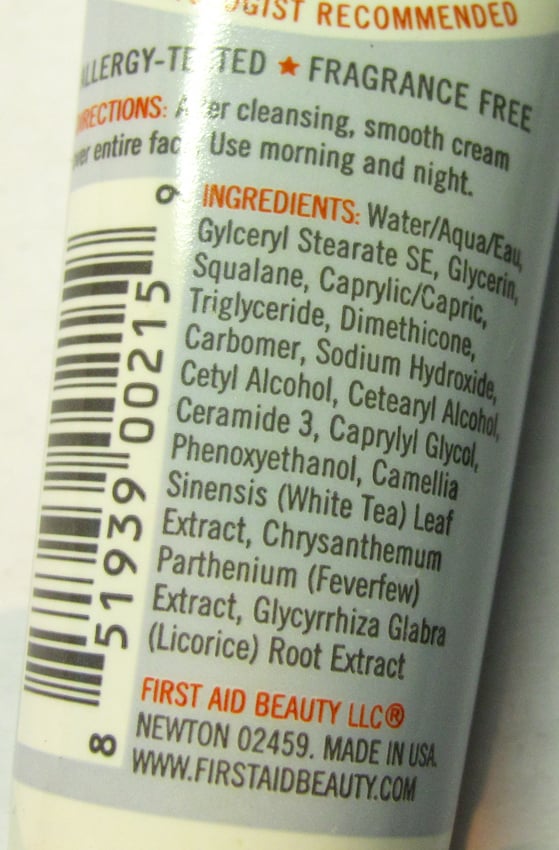
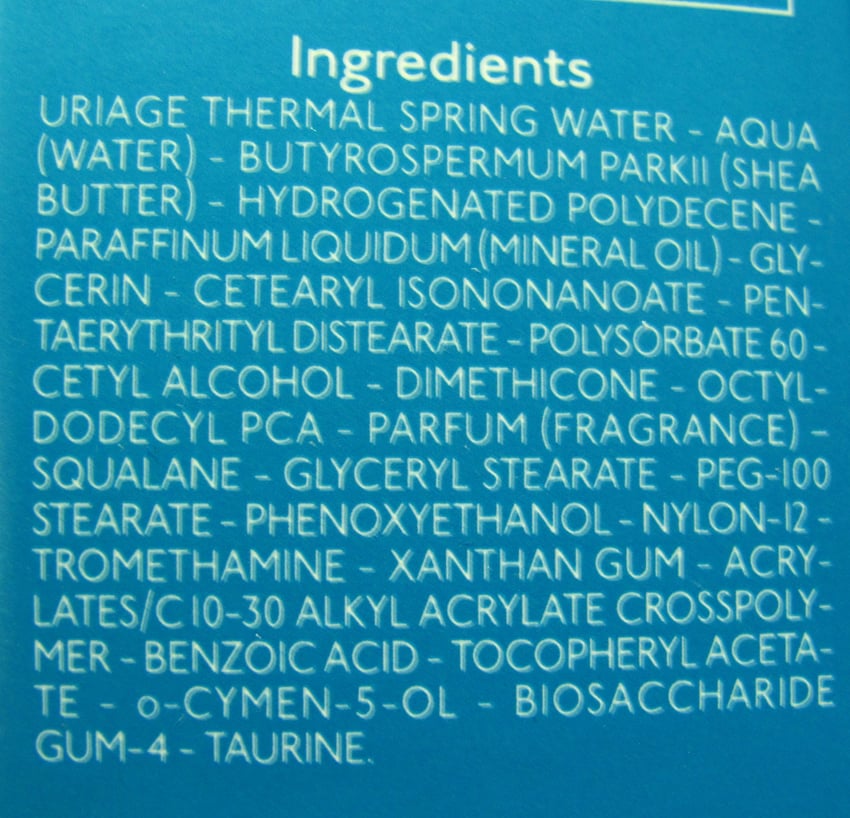
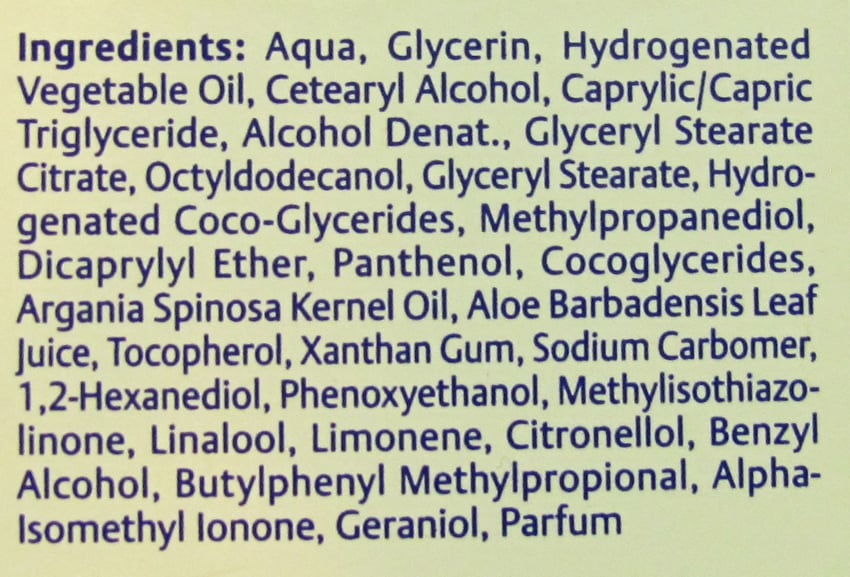
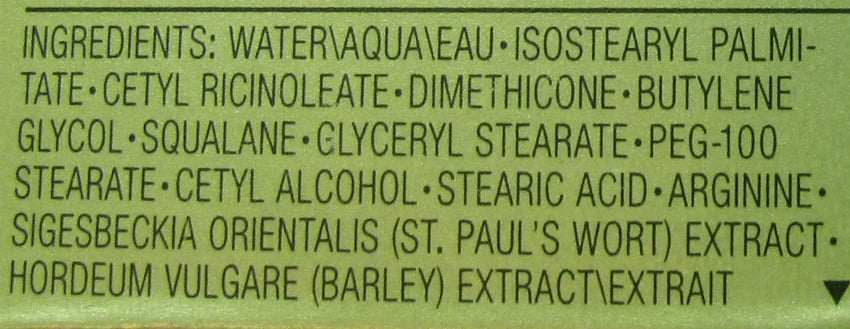
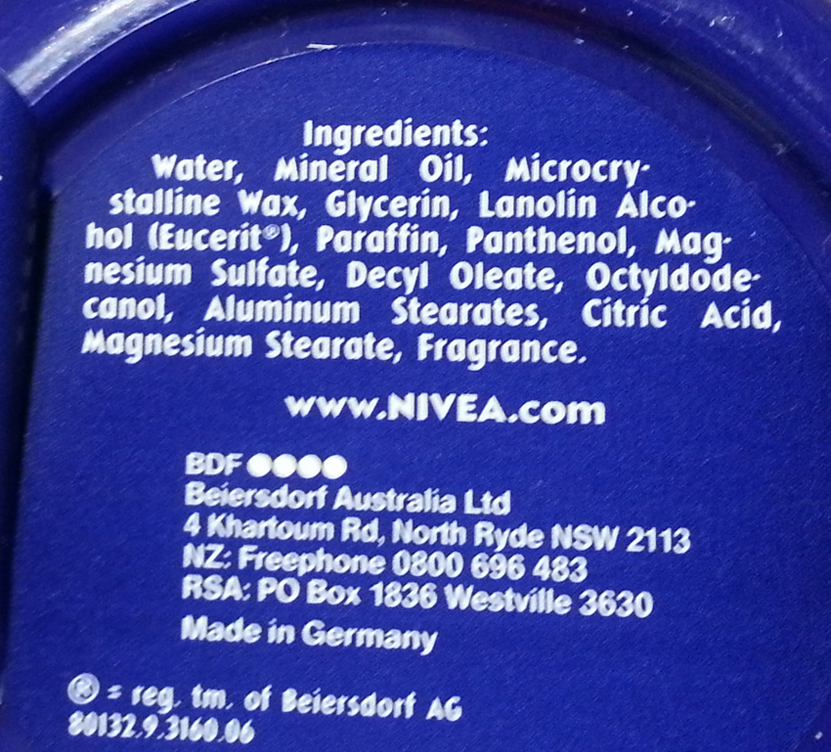



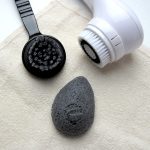

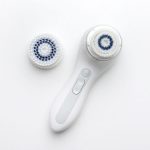
I love that you did this! super helpful, pure genius 🙂
Thanks! 🙂 I hope it helps you pick a moisturiser!
Thank god! At last I found a useful website about cosmetics and skincare tbat will really be helpful and isn’t hippy dippy.
My heart sinks when I see sites say magnesium chloride deodorant “has no chemicals” or to mix sodium bicarbonate and vinegar to unclog my dishwasher.
Thank you soo much! I love these kinds of posts!
I’m glad you slogged through it 🙂
Hi, I know this post is old, but according to this, facial oil, say if I use Trilogy Rosehips Oil, it would go on last in my skincare routine right? To stop it from blocking other products? What about sunscreen (physical or chemical?) would the facial oil goes on before or after? I don’t want to use facial oil in the evening because I’m afraid it would interfere with my Tretinoin (retin A) product. Thank you so much.
Oils shouldn’t interfere with tretinoin, so you can use it at night 🙂
If you’re using it in the day, the facial oil can go on before or after – if it goes on before, it might make your sunscreen rub off faster, but if it goes on after, it might smear the sunscreen and mess with the spreading unless you’re careful. It’s hard to win when using other products with sunscreen! I personally would pat the rosehip oil on afterwards.
Thank you so much for the quick reply but I might have commented on the wrong post as I was opening so many tabs (your blog is great I was devouring it). Anyway on the “LAYERING: HOW TO GET THE MOST OUT OF YOUR MOISTURISER” post, you said oil should go on last? So does that mean I put the Tretinoin first then the oil? But I was told to keep the Tretinoin on the bed side table, put in on, turn the light off and go to sleep because light degrade it. Would the oil block the Tretinoin if it goes on before? Thank you.
It might block the tretinoin a bit, but it’s oil-soluble so a lot of it will eventually go through (one method of reducing tretinoin irritation is actually to put on moisturiser underneath it to slow down the absorption).
A few extra seconds of light won’t make a difference 🙂
Done with bookmarking your page! I am gonna make your page as a diet to my brain! loving it
Thanks! 🙂
Wow….amazing information and well presented! Thank you. I am interested in a water-based moisturizer to apply immediately after washing face in the PM, waiting the recommended ~20 min, then aplying Retin A (perhaps buffering it w/ same moisturizer). In this PM lotion, I would like to AVOID sunscreen, high concentration of dimethicone (as it’s apparently occlusive), Niacinamide/B3, Mineral oil, Parabens, Phthalates, or Sulfates. (I have been very pleased with CeraVee PM but would like to eliminate the Niacinamide for this application)
After extensive search, I am considering Alba Botanica® Hawaiian Aloe and Green Tea Moisturizer Oil-Free and interested in knowing your thoughts. (particularly octyl palmitate, caprylic/capric triglycerides and whether or not this may decease effectiveness of Retin A/ be too occlusive).
Ingredients: Aqueous extracts of certified organic camellia sinensis (green tea), centella asiatica (gotu kola) and cucumis sativus (cucumber), vegetable glycerin, octyl palmitate, caprylic/capric triglycerides, cetearyl alcohol, glyceryl stearate, certified organic aloe barbadensis juice, tromethamine stearate, glyceryl laurate, dimethicone, tocopherol and tocopheryl acetate (vitamin E), hyaluronic acid, panthenol (pro-vitamin B5), allantoin, sodium PCA, xanthan gum, carica papaya and zingiber zerumbet (awapuhi) extracts, phenoxyethanol and botanical fragrance.
Other recommendations welcomed! Thank you so much!
That sounds like a good moisturiser to try! I’ve never actually seen it before since I’m in Australia.
Hi Michelle!
Just came across your blog and i am hooked – i’m such a skin care junkie and i’ve tried so many things but my skin is still dehydrated and clogged, I’ve been using cetaphil for a very long time, but have never really looked into the ingredients, one of the first 6 ingredients on the list is called dimethicone, i googled this and found that apparently it’s super bad for the skin! What are your thoughts? Please help!
Thanks.
Hi Lynn! There’s no evidence that dimethicone clogs pores, but with skincare all things can vary for each person – if you suspect Cetaphil is clogging up your skin without hydrating it, there’s no harm in trying out some new brands if you can afford it! Purely anecdotal, but Cetaphil moisturiser didn’t solve my dehydration problems.
Thanks for the reply Michelle!
Hi I’d like to ask does paraben really cause skin allergies? Because most of the products I see has parabens on them on which when I reasearched tends to cause skin allergies and even cancer. Thank you so much! ??
Thanks for the great article! Would love to read a guide on choosing the right moisturizer for oily yet dehydrated and acne-prone skin from you!!
Great ?? post. Thank you for breaking it down. What are you thoughts on essentials oils? Some people say they deteriorate into harmful things and other say they are the best thing. Very confusing, I would like a scientific point of view
I haven’t found many established benefits of essential oils when applied on skin, except for things like tea tree oil – I’d avoid them, and use them in oil burners instead 🙂
Hello! Does the Ordinary NMF moisturizer have any occlusives?